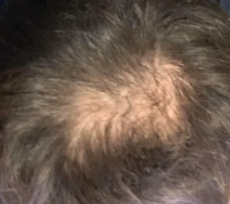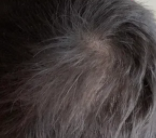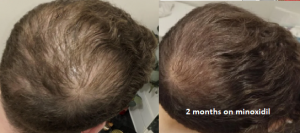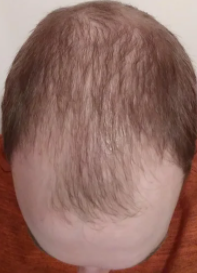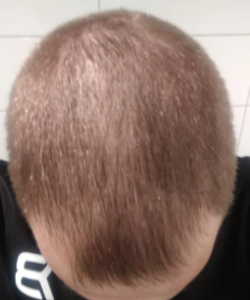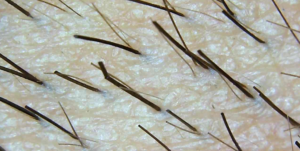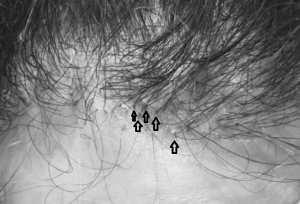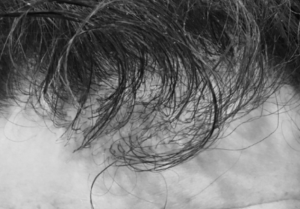Today my GF cut my hair and well, she tear some hair (without intention) a couple of times.
The thing is that I’m thinking of doing a hair transplant, and because of that I’m trying to take care of my donor area, which is the area where my GF tear riped hair without intention. Taking a look I didn’t see anything wrong, nothing like some white spot or something, however I’m wondering if because of action like that the folicle can be damage in a way that the hair that has been teared doesn’t grow back again.
You can pull out a hair and it will return within 6 months or less but if you keep pulling it out, then eventually it will not return.

